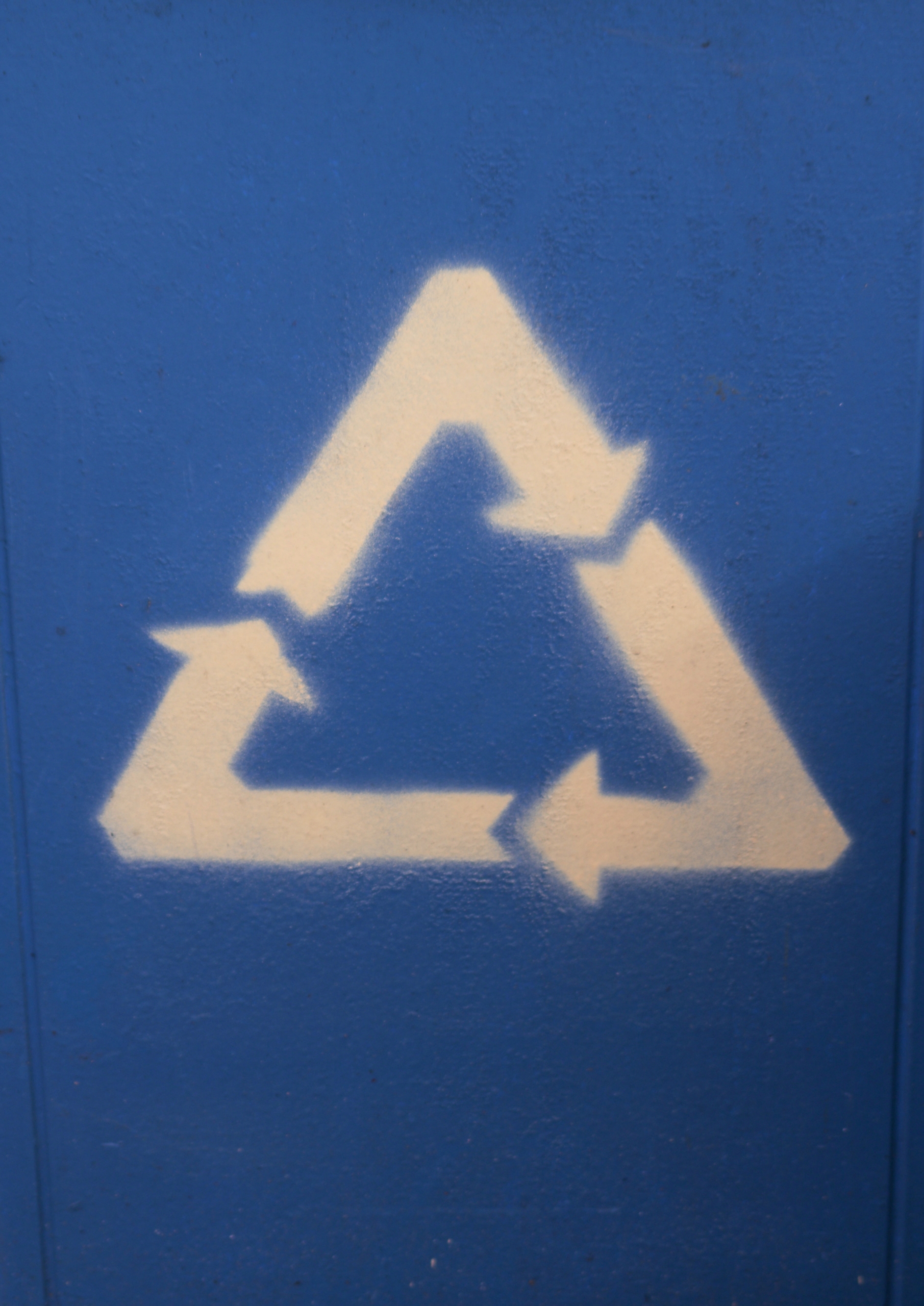Wood Pallets – Recycled or New?

Wood Pallets – Recycled or New?
You have just been tasked with reviewing your company’s existing wood pallet procurement program. Or, your company is just starting to ramp up and now it’s time to choose the most practical pallet for the job. One question that shippers and corporate buyers often ask early in their process is whether new pallets or recycled pallets provide the best solution.
Spoiler alert!
There isn’t a “one size fits all” answer. It all depends upon your application. Here are some considerations for determining whether new or recycled wood pallets provide the best match for your supply chain needs.
In 2016, 508 million new wood pallets were produced in the United States. Bottom line, if new pallets didn’t make sense for many pallet buyers in the first place, there would be no fresh influx to help sustain the overall pallet pool and no recycled pallets for buyers who prefer them.
Why choose a new wood pallet?
There are a few good reasons why many buyers choose new pallets including: consistency, exact specification, and lack of alternatives in the recycled market. New pallet production allows for highly consistent products. Pallet components, like wood decking and wood stringers, are all of a uniform size with minimal size variation in the manufacturing process. That kind of predictability is required in certain types of automation where uneven deck board height or other dimensional variability could jam a production line and cause costly system downtime.
Another example of the precision offered by new pallets is through exact deck board placement. This may not be possible with recycled pallets that are typically repaired by hand in several different pallet recycling businesses during their lifespan. By having deck boards that provide support where needed the most you can better optimize the movement of the unit load on the pallet and likely reduce transportation costs.
New wood pallets are typically built by machine to specific requirements. Using industry software such as the Pallet Design System, a pallet is designed that meets the needs of the application in the supply chain in the most efficient way possible.
Also, from a liability standpoint, shippers and receivers alike wish to ensure that their pallets are rated to safely handle the loads they carry. This outcome is more likely when new pallets conform to a specification created in the pallet design software.
Aside from material handling performance, sometimes the decision to use new wood pallets simply comes down to marketing and aesthetics. Bright new wood pallets are more attractive to consumers when they see them on the shopping floor and they can enhance the overall customer experience.
One more reason to use new pallets is that recycled pallets may not be readily available, especially if they are not a standard size wood pallet such as the 48”x40” GMA. If you require a unique sized pallet, especially if larger or smaller than the above mentioned 48×40” GMA, a new pallet could be your best choice.
Will a recycled wood pallet work best?
Recycled wood pallets can be an excellent choice for shipping products through your supply chain. They are, in most cases, easier to source and there are sustainability benefits to using recycled pallets.They are always a lower price than a new wooden pallet of the same specification. A 48”x40” GMA pallet, for example, is available in a range of grades in quality (premium A to standard B). Your local pallet yard will be happy to help you find the pallet that fits your needs at the best price possible.
As for availability and removal when no longer needed, recycled wood pallets are recovered and refurbished on an ongoing basis by pallet recycling businesses across North America. Typically, there is a ready supply available in the marketplace where and when needed.
From a customer perspective, the question of what to do with empty pallets is usually not an issue. There is a ready market for empty standard-sized pallets such as the popular 48”x40” GMA. Because of this demand, local pallet businesses will work with you to remove them from your facility as they accumulate. In some cases, they can even provide trailers to use for loading the surplus pallets.
Another positive attribute of purchasing recycled wood pallets is that you are supporting the circular economy. In today’s corporate environment, C-level executives understand that sustainability practices and policies are an increasingly important part of a more comprehensive plan to create a positive impact on the environment and economy. Keeping pallets in circulation longer with recycling and re-use helps reduce their overall environmental impact further with each additional trip they take. By purchasing recycled wood pallets, you are helping to enhance the overall sustainability of the global supply chain.
Ultimately, when it comes to whether new or recycled are the best choice, it truly depends on your needs. Luckily, those needs vary from company to company. Collectively, they enable the wood pallet system to thrive, providing a highly sustainable solution for your palletization needs.




